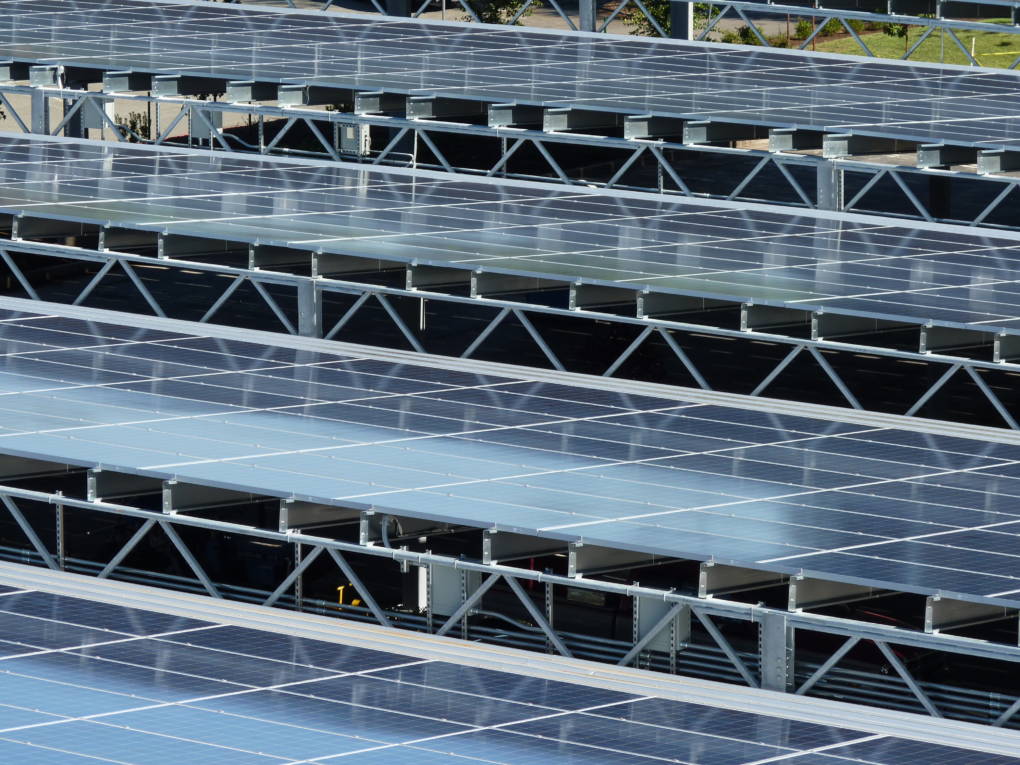By 2014, federal clean-tech investment may tumble by 75% from its peak in 2009

Government policies and subsidies that support clean-tech are phasing out over the next two years. That could be disastrous for the industry, though it doesn’t have to be, according to a new report from the Brookings Metropolitan Policy Program. In 2009 when federal support was peaking, the industry received $44.3 billion. But the report, entitled Beyond Boom and Bust: Putting Clean Tech On a Path To Subsidy Independence [PDF], projects that by 2014, federal subsidies will have dropped to $11 billion.
“Undeniably, there’s a massive reset before us,” Mark Muro, a senior fellow at Brookings and one of the report’s authors, said this morning on KQED’s Forum radio program. Muro and the other authors examined 92 programs that provide policy or financial support to the clean-tech industry. Of those, 61 have pre-set expiration dates and, unless extended, will no longer be in place by the end of 2014.
Muro and Jesse Jenkins, director of energy and climate policy at The Breakthrough Institute, highlighted the need for both the federal government and the states to continue to support innovation in clean-tech.
“The challenge we face now is how do we get (clean-tech companies) from adolescence to full adulthood,” Jenkins said. “We are at this key inflection point both in the industry’s growth, and in the direction of federal funding.”
And the path forward won’t be easy. “The unfortunate thing is it comes at a time of substantial green backlash,” Muro said. “And an absolutely grinding fiscal circumstance that is real and is going to require massive belt-tightening in Washington.”
Two examples in California underscore the issues. Fremont-based solar firm Solyndra went bankrupt last year, after receiving a federal loan guarantee. And just last week, Oakland-based BrightSource Energy postponed becoming a publicly-held company.
Joseph Desmond, senior vice president of government affairs and communications for BrightSource, and also a guest on Forum this morning, played down any connection with the industry’s murky future.
“With respect to the IPO withdrawal, that was really a function of where the market was at the time,” he said, explaining the Dow Jones and S&P had fallen, and the volatility index was up. “All of these factors come to where you have to make a decision. The good news is, we’re able to make that withdrawal from a position of strength.” Desmond said BrightSource still has strong investors and other financing options.
Jenkins said the best thing for the industry would be for the government to agree on a “managed approach” to drawing down funding — one that would allow the new companies and technologies “time and support, and really demands from them that they continue to drive down the price and improve the performance of their products to compete on price with fossil fuel.”
To listen to the hour-long show on the topic, visit the Forum website.

